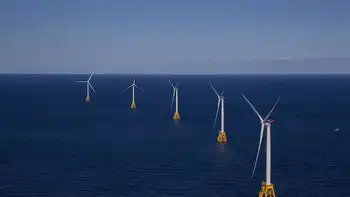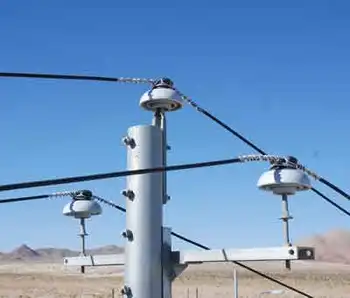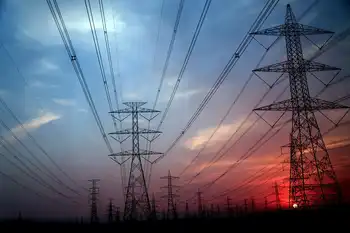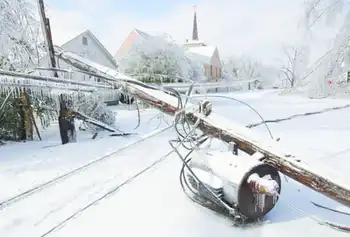California Outages a Preview of Summer?
LOS ANGELES -- -
LOS ANGELES -- (UPI) -- In a glimpse of what may be a routine situation this summer, around 1 million California residents had their power cut off for a period of time this past week by a series of rolling blackouts that stretched from San Diego to Sacramento. Temperatures that pushed into the 80s and lower 90s in Southern California along with the loss of more some 12,000 megawatts (MW) of generating capacity forced state power officials to order power cuts to prevent the entire grid from crashing. A persistent drought continued to limit the amount of power available from hydroelectric sources in the Pacific Northwest. Californians were left with few options other than turning off lights, air conditioners and appliances in order to keep the outages to a minimum. "This is a supply situation ... and conservation means everything at this point," warned Jim Detmers, chief operating officer for the California Independent System Operator. The outages, which are rolled from one area to another and last for about an hour, caused businesses to close down and quickly created traffic jams at busy intersections where traffic lights had gone out. Power went out during the afternoon in areas around San Diego, Sacramento, Long Beach, Beverly Hills, Santa Monica, Orange County, Santa Barbara and the San Francisco Bay Area. The state's largest city, Los Angeles, escaped the outages because it is served by the municipal Department of Water and Power and not controlled by the ISO. The outages continued into the peak evening demand period of 6-8 p.m. PST with officials saying the amount of power necessary to cut from the demand total could go as high as 800 MW, enough power to supply 800,000 homes. "It could be more or it could be less, depending on how much conservation we see on the gird," Detmers said. The rolling blackouts came a week after Energy Secretary Spencer Abraham told a Senate Energy Committee hearing that outages in California "appeared inevitable" this summer due to demand that was projected to be some 5,000 MW greater than the supply. Summer months are generally the times of highest power consumption in California as inland temperatures often reach the levels seen Monday and the use of air conditioning soaks up greater amounts of electricity. Power generating companies have grown increasingly reluctant to sell electricity to the state due to concerns that the state's reluctance to allow consumer bills to skyrocket will decrease their chances of being paid for the electricity they sell. According to the ISO, Monday's shortage was partly the result of nearly half of the state's "qualifying facilities," which include small solar, biomass and wind generators, refused to provide electricity to the grid for reasons including a lack of wind, the inability to buy natural gas fuel and "reported financial concerns." The ISO issued a Stage Three power alert Monday morning after determining that more than 11,000 MW of generating capacity was shut down for repairs or maintenance, and another 1,000 MW was lost due to a malfunction at a power plant located in the desert. While Stage Three alerts have been relatively common this winter, the ISO was forced to order Southern California Edison, Pacific Gas & Electric and San Diego Gas & Electric for actual outages for the first time since mid-January. "We regret the inconvenience this will cause, but this action was necessary to protect the electric system and keep power flowing for the majority of customers," said Stephen E. Frank, chairman of Southern California Edison. "The most important thing now is for the public to remain calm and to exercise extreme caution in the areas where outages have occurred."
Related News
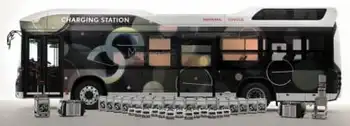
The Innovative Solution Bringing Electricity To Crisis Stricken Areas
LOS ANGELES - Without the uninterrupted supply of power and electricity, modern economies would be unable to function. A blackout can impact everything from transport to health care, communication, and even water supplies. It is one of the key security concerns for every government on earth, and the growth in the market for backup power reflects that fact. In 2018, the global Backup Power market was $14.9 billion and is expected to reach $22 billion by the end of 2025, growing at a CAGR of 5.0 percent between 2019 and 2025.
It is against this backdrop that Toyota and Honda have…

